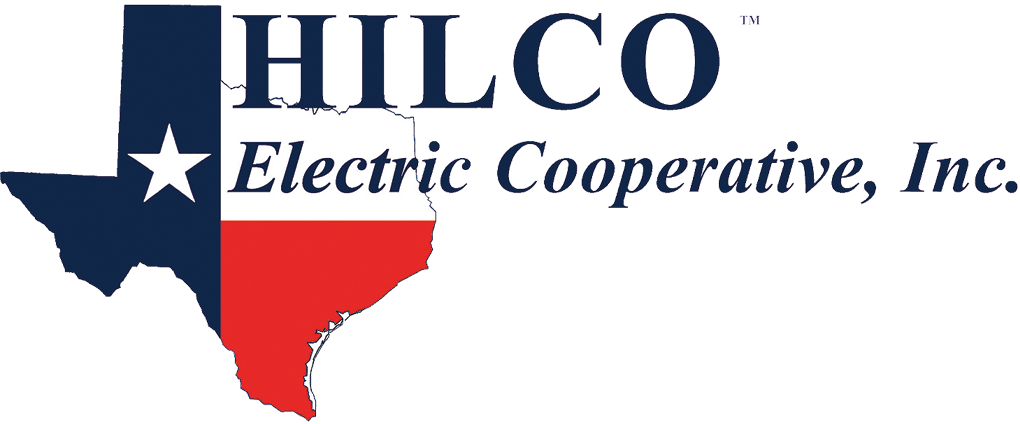Other Energy-Saving Kitchen Tips
- Be sure to place the faucet lever on the kitchen sink in the cold position when using small amounts of water. Placing the lever in the hot position uses energy to heat the water even though it never reaches the faucet.
- If you need to purchase a gas oven or range, look for one with an automatic, electric ignition system. An electric ignition saves gas because a pilot light is not burning continuously.
- In gas appliances, look for blue flames. Yellow flames indicate the gas is burning inefficiently and an adjustment may be needed. Consult your manufacturer or your local utility.
- Keep range-top burners and reflectors clean. They will reflect the heat better, and you will save energy.
- Use a covered kettle or pan to boil water. It is faster and it uses less energy.
- Match the size of the pan to the size of the heating element.
- If you cook with electricity, turn the stovetop burners off several minutes before the allotted cooking time. The heating element will stay hot long enough to finish the cooking without using more electricity. The same principle applies to oven cooking.
- Use small electric pans or toaster ovens for small meals rather than your large stove or oven. A toaster oven uses a third to half as much energy as a full-sized oven.
- Use pressure cookers and microwave ovens whenever it is convenient to do so. They can save energy by significantly reducing cooking time.

